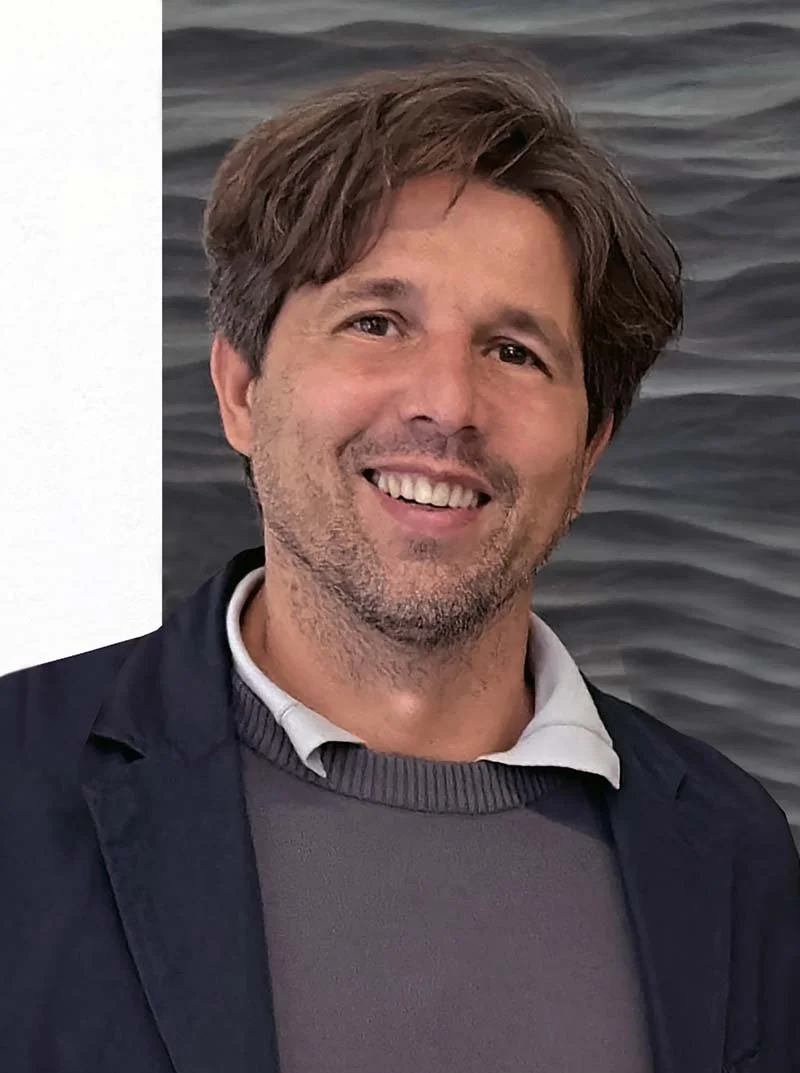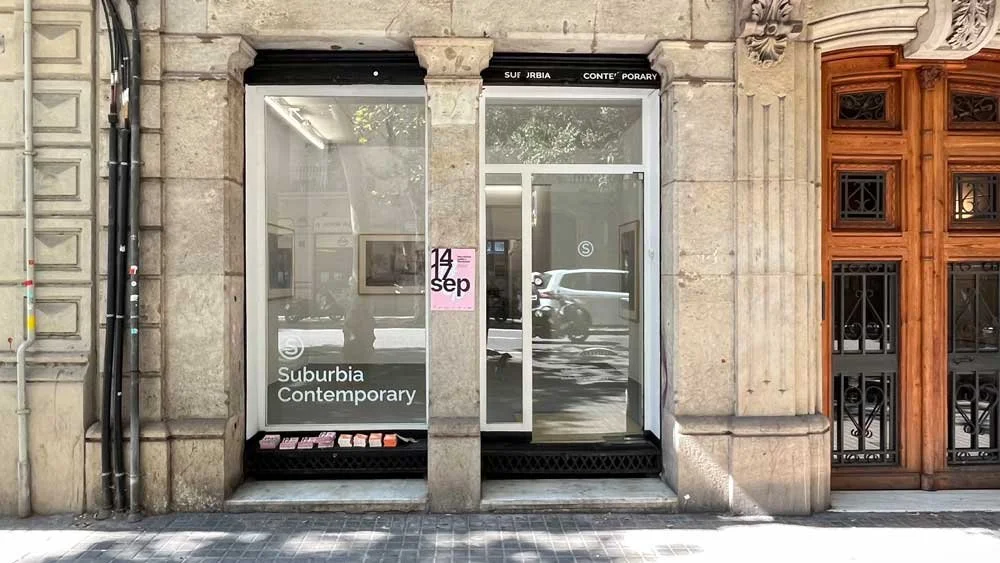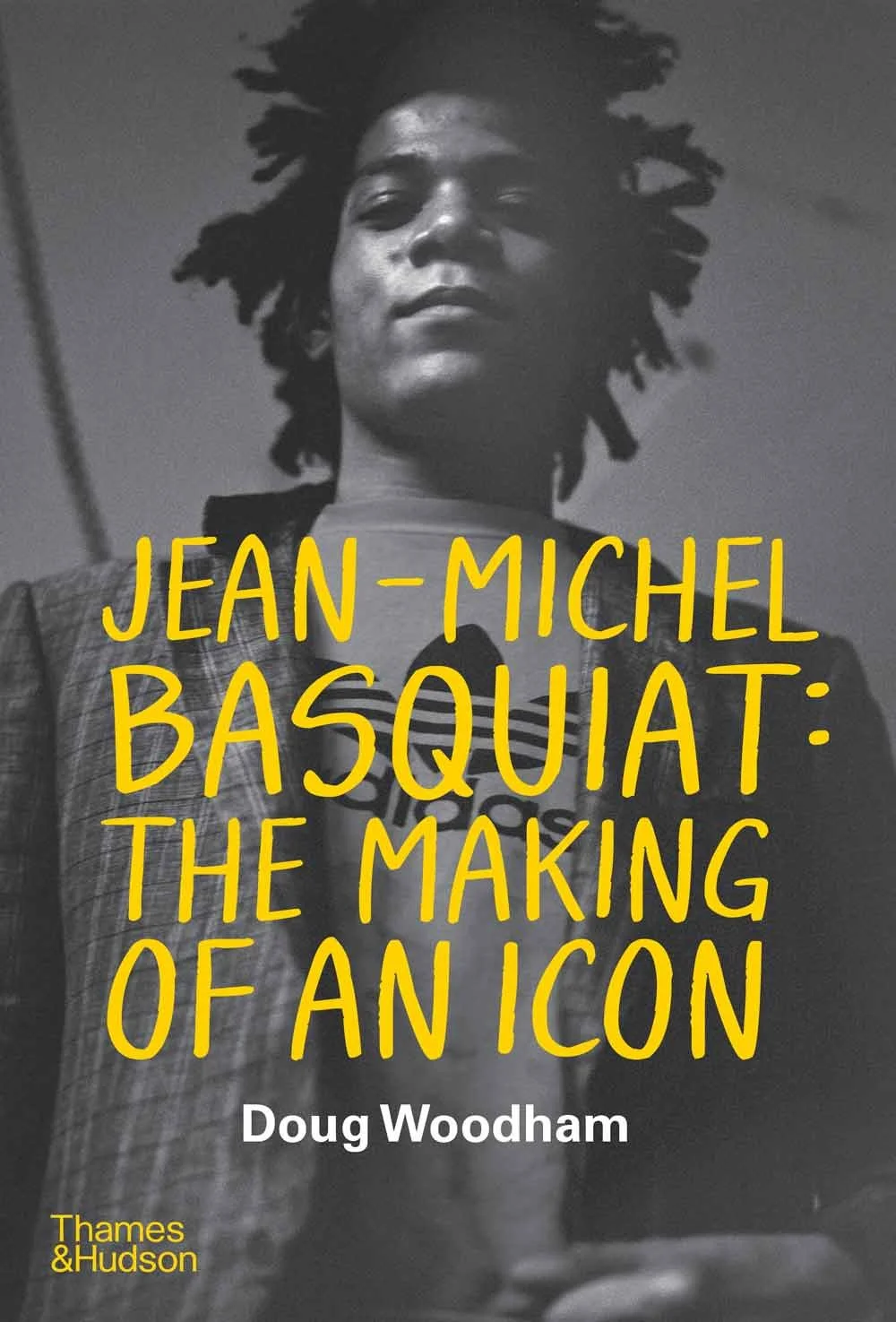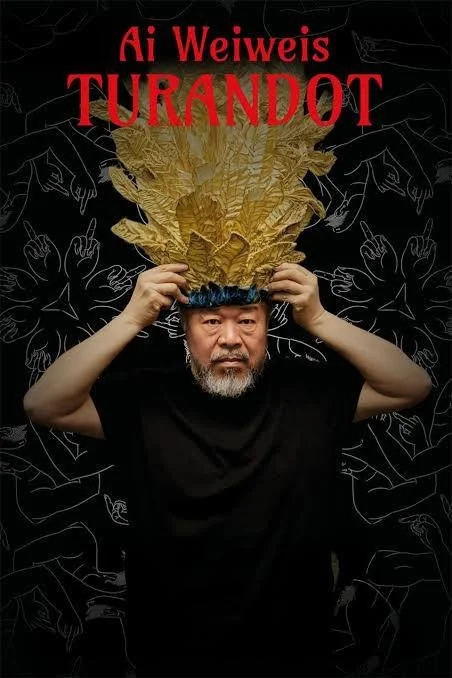A Conversation with Francesco Ozzola
Founder | Director
Suburbia Contemporary
Carrer de Valencia 345 · 08009
Barcelona, Spain
@suburbiacontemporary
Where were you born and raised? How did it influence your approach to art and your thinking about the world? I was born and raised in Florence, a city where art and tradition are everywhere. That background made me look closely at images—not just as historical artifacts but as things still alive, still shifting. One moment that stuck with me: a performance by Vanessa Beecroft in 2004, VB53, in the glass pavilion near my house. Twenty-one women stood silently on a mound of earth. It felt like seeing classical figures—Eve, Botticelli’s Venus, Mary Magdalene—reappear in the present. That kind of experience taught me to see images as moving structures, not fixed symbols. With Suburbia Contemporary, I try to keep that alive. We work with artists who challenge forms and codes, who treat images as thresholds—open, not closed.
When did you first fall in love with art? For you, what is the importance of the arts? There wasn’t a single moment. Growing up in Florence, art was just there—everywhere. It wasn’t some big revelation; it crept in slowly. Eventually, I realized art isn’t just to be admired. It demands something. It resists. It has consequences. What matters to me is how art reframes things—socially, emotionally, politically. It can shake what feels settled.
What does your typical day look like? And what do you love about your job? There’s no fixed routine—and that’s what I love. Some days are about working with artists, others about writing, organizing, or all the behind-the-scenes work that holds it together. Dialogue is the constant—whether with artists, curators, collectors, or visitors who ask sharp questions.
This year’s been intense: exhibitions in Leipzig (Han Bing: Dogs and Rogues, Schnittpunkt!), Chemnitz (for the European Capital of Culture), and Cape Town (First Words, in collaboration with Galerie EIGEN + ART and Strauss & Co). We premiered new work in South Korea, participated in Art Rotterdam, and just showed Peter Eastman and Greta Alfaro in Leipzig and Barcelona. One project leads to the next—it’s a continuous exchange.
You’ve recently worked on exhibitions across Europe, South Korea, and South Africa. What curatorial, logistical, or conceptual threads run through these projects? How do they build on each other?
Two solo shows: Giovanni Ozzola in Barcelona for Gallery Weekend, and Anna Raczyńska in Leipzig. Ozzola explores silence, time, and light—his works often feel like spaces to get lost in. Raczynska’s installation work is sharp, often tied to the Polish context, and full of friction: East vs. West, digital vs. analog, tradition vs. change. Both artists reflect the kind of thinking we support—rooted in now, but open to interpretation.
The work of art most important for me…is the one that goes beyond individual limits and connects with the collective. It’s an artwork that interacts with the flow of experience, breaking free from fixed meanings. In a world where identities, spaces, and relationships are constantly shifting, I am drawn to works that reflect this change, creating a space where the viewer can participate, question, and be part of an ongoing dialogue. It’s not just about beauty or provocation, but about the potential for the work to evolve in relation to its context and audience.
Which artist, alive or dead, would you like to meet?
If you could spend time with one artist—living or historical—who would it be, and what kind of conversation would you hope to have? I think I would like to talk with Gordon Matta-Clark or James Turrell, for the kind of questions their work continues to raise. Matta-Clark challenged the built environment in ways that still seem radical today: he cut through buildings to reveal what we’re not supposed to see, uncovering the hidden social and economic pressures embedded in architecture. Turrell, on the other hand, works with light as if it were a solid material, transforming our perception of space and time. Both, in their own way, move the viewer from a passive observer to an active participant.
And that’s what truly interests me: art not as an object, but as a condition, as a shared experience that leaves something suspended. When curating an exhibition, I always try to follow this principle. It’s not just about displaying works, but about creating an open space that doesn’t close the meaning but invites a relationship. I want what happens in the gallery to continue working even after, like a question that lingers.
How do you select artists and artworks for your gallery? What qualities and criteria are you looking for?
When curating or selecting new artists for Suburbia Contemporary, for you, what qualities signal a lasting voice versus something more fleeting? When selecting artists and artworks for the gallery, I’m drawn to a mix of conceptual clarity, originality, and a certain ability to stay with the viewer — something that invites engagement on more than just a visual level. I look for works that go beyond aesthetics and offer a shift in perspective, whether through the medium, the idea, or the way they relate to the world around them. It’s not simply about technical skill, but about how the work resonates — how it speaks beyond the artist’s own intentions.
What interests me most are pieces that open up a space for dialogue: with the viewer, with the exhibition context, and often with other works around them. I value art that creates connections and allows room for questions, that continues to unfold even after the experience of seeing it. Whether it touches on identity, space, or the structures shaping our societies, I look for works that stretch the conversation rather than reinforce familiar narratives.
The artists I tend to collaborate with often move across media and disciplines, and their work brings an experimental energy that feels necessary. I’m not chasing trends — I’m interested in voices that feel grounded yet open, capable of evolving over time and shifting how we see the world around us.
Barcelona has been home base for your gallery. What makes the city a fertile ground for the kind of work and dialogue you support? Barcelona has this constant mix of perspectives. It’s international, but grounded. There’s an openness here—in art, in daily life—that keeps things moving. You’re always listening, always learning.
Suburbia Contemporary often engages with artists who challenge dominant narratives and structures. What do you see as the gallery’s role in expanding public conversations on pressing social issues?
In your opinion, what role do galleries play in shaping public perception of contemporary social issues? How do you balance the educational and aesthetic aspects of an exhibition?
I believe that galleries play a crucial role in shaping how the public perceives and interprets contemporary social issues. It’s not just about exhibiting works, but creating a context where ideas, languages, and cultures can meet. At Suburbia Contemporary, we work with artists from diverse backgrounds, many of whom challenge existing structures or bring marginalized perspectives to the forefront. This allows us to build narratives that are not one-dimensional, but plural and open-ended.
Balancing the educational and aesthetic aspects doesn’t mean reducing art to a didactic tool, but recognizing that the visual experience can also be an experience of knowledge. We aim to offer exhibitions that are accessible without ever being oversimplified, capable of engaging the viewer both sensorially and intellectually. We do this through a program that brings together different media, hybrid practices, and research that connects individual stories with collective themes. In this way, the gallery becomes a place where art is not just observed, but traversed—and, if successful, it leaves something that continues to resonate even after the experience is over.
The gallery world is evolving quickly, from the pressures of international visibility to shifting market dynamics. What challenges do you think young gallerists most need to prepare for today? Since I started my journey in the art world, there has always been one thing that intrigued me: the process. It was by observing people work that I learned. I saw how they solved problems, how they structured their ideas, and often wondered if there was another way. Not out of criticism, but to understand what I could have developed better. This approach probably led me to open my gallery.
Suburbia Contemporary started as a non-profit project, with the intention of bringing a deeper reflection on society, aiming to stimulate real discussion through creativity and critical thinking. I was inspired by institutions like the New Museum and the Marfa Invitational, where art is not just something to look at, but a tool to open dialogues and build connections.
Then came Leipzig, where I found an environment that reflected this vision. At Spinnerei Leipzig, I found visionary people, that 20 years ago begun to put thogeter a true community, something unique and special. A group of committed people, artists, and galleries who have built a strong bond between themselves and the city. Work with people you respect, and be clear from the start—with them and with yourself. Be patient. Things take time. Plan, schedule, and stay organised if you want to build something solid.
One challenge is keeping a clear and consistent program while staying flexible. We all learned that during the pandemic. There’s also pressure to do a bit of everything. Another issue is balancing local presence with international visibility, especially when you work across countries like we do. I try to face these challenges by working closely with the artists, staying realistic, and not overcomplicating things. What matters most is the quality of the dialogue—with artists, audiences, and collaborators.
There’s a lot of discussion around AI and digital practices in art. You’ve expressed a clear preference for the physical encounter with artworks. What do you think gets lost when art becomes virtual?
I’m not interested in AI or online shows. We saw during COVID how flat that can be. Art isn’t meant to be scrolled. People want to feel it, be in the room with it. Handmade work carries intention, effort, imperfection. That’s where meaning lives—not in clean algorithms, but in what takes time and care.
Exploring ideas, art and the creative process connects me to… a deeper awareness of the world—its contradictions, its beauty, and the questions that don’t have easy answers.




















































































